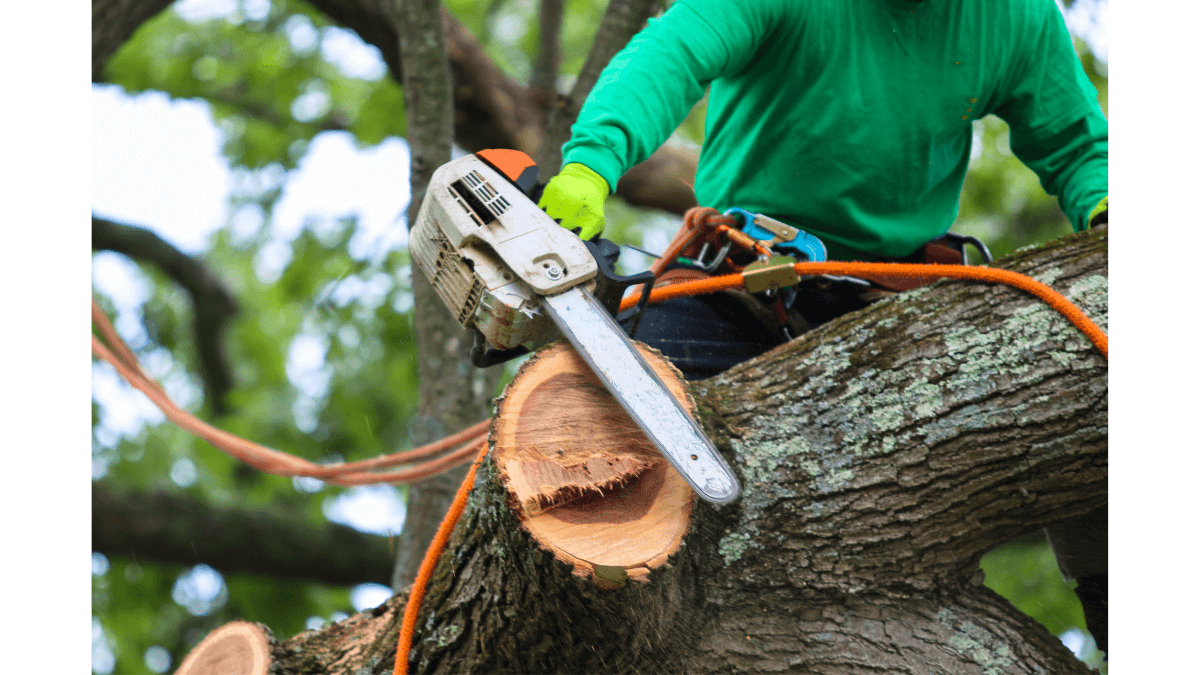Embarking on DIY home improvement projects can be rewarding, but it’s important to prioritize safety. This includes protecting your hearing! From power tools to loud machinery, the sounds generated during home renovation projects can pose a risk to your hearing health. Here’s how you can tackle tasks with confidence and peace of mind.
Understanding the Risks to Hearing Health
Many DIY projects involve power tools such as drills, saws, and sanders, which can produce high levels of noise. Prolonged exposure to loud noise can damage the delicate structures of the inner ear, leading to hearing loss and other auditory issues.
Noise-induced hearing loss (NIHL) is a gradual yet preventable condition that occurs when the hair cells in the inner ear are damaged by excessive noise exposure. Additionally, loud noise can cause tinnitus (ringing in the ears), hyperacusis (increased sensitivity to sound), and other hearing concerns.
Tips for Protecting Your Hearing
Here’s how you can protect your hearing during DIY projects:
- Wear Hearing Protection: Invest in quality hearing protection, such as earmuffs or earplugs, designed to reduce the intensity of loud noises. Choose hearing protection that provides a proper seal and offers a high level of noise reduction, especially when using power tools or operating loud machinery.
- Use Noise-Reducing Tools: Opt for quieter tools and equipment whenever possible. Many manufacturers offer power tools with built-in noise reduction features or vibration-dampening technology, which can help minimize noise exposure during DIY projects.
- Limit Exposure Time: Take regular breaks during DIY projects to give your ears a rest and minimize prolonged exposure to loud noise. Consider scheduling noisy tasks during daylight hours when noise ordinances may be in effect, and neighbors may be less likely to be disturbed.
- Maintain Distance from Noise Sources: Position yourself at a safe distance from noise sources, such as power tools or machinery, to reduce the intensity of sound exposure. Whenever possible, use extension cords or hoses to extend your reach and create a buffer zone between you and noisy equipment.
- Soundproof Your Workspace: Minimize noise transmission by soundproofing your workspace with acoustic materials, such as foam panels or sound-absorbing curtains. This can help reduce reverberation and echo, creating a quieter and more comfortable environment for DIY projects.
- Communicate Effectively: Ensure clear communication with other individuals involved in the DIY project by using hand signals, gestures, or written instructions when noise levels are high. Establish a system for signaling when equipment needs to be turned off or when assistance is required.
Real-Life DIY Hearing Protection Strategies
Meet Emily and Jack, two avid DIY enthusiasts who prioritize hearing protection during their home improvement projects.
Emily’s Story: Emily enjoys tackling DIY projects around her home, from painting and decorating to furniture restoration. To protect her hearing, Emily wears custom earplugs whenever she operates power tools or needs to do a noisy task. She also takes regular breaks to give her ears a rest and monitors her hearing health with annual check-ups.
Jack’s Story: Jack is passionate about woodworking and spends hours in his garage workshop crafting custom furniture and home decor pieces. Recognizing the importance of hearing protection, Jack invested in quality noise-reducing earmuffs and installed soundproofing materials in his workshop to minimize noise transmission. Thanks to his proactive approach to hearing safety, Jack enjoys his DIY projects without compromising his auditory health.
DIY Peace of Mind
DIY home improvement projects can be both enjoyable and fulfilling, but it’s crucial to prioritize safety, including hearing protection. By following the tips outlined in this guide and incorporating hearing protection into your DIY projects, you can safeguard your hearing health and enjoy years of successful DIYs. Just remember that your hearing health matters – protect it during every DIY endeavor.
Invest in Your Hearing Health
If you have concerns about your hearing health or would like to explore hearing protection options, schedule a consultation. We offer comprehensive hearing tests to find out more about your hearing health. We also offer custom hearing protection. We’ll provide personalized recommendations and support to help you safeguard your hearing during DIY projects and everyday activities. Don’t wait – invest in your hearing health today for a lifetime of safe DIY projects.

